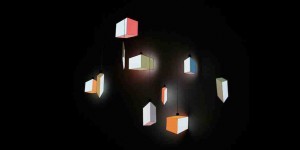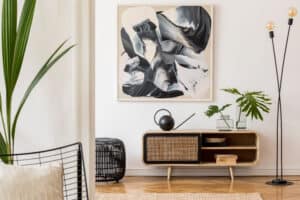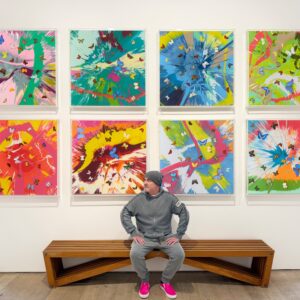By 2021, the global interior design market was valued at approximately USD$121.1 billion. Part of this is the photographers who capture interiors for clients to assess how a particular home looks.

It may be for sales purposes, or the client may want to replicate the design in their home. With 97% of buyers shopping for homes online, it’s essential to have captivating photos for your listings. Real estate listings with professional photos sell 32% faster.
Below are tips for shooting stunning interior images:
- Work with professionals
If you don’t have the appropriate equipment and accessories to shoot captivating photos or haven’t perfected the art of interior photography yet, work with professionals. Enlisting the help of professionals is an excellent option if you also lack time to stage your interiors, do a photo shoot, and edit raw pictures.
Professionals who offer interior photography services can produce stunning images of your interiors. All you have to do is sit back and wait. Just make sure you’re on the same page regarding costs and desired highlights.
- Plan the photo session in advance
Interior photography isn’t all about walking into your home as it is and snapping a few pictures. Many things could go wrong if you approach it this way, and you might fail to impress your viewers. It’s essential to explore the space and determine what you’d like to focus on during the shoot.
If you’re photographing interiors for a client, it’d be helpful to conduct a pre-visit before the actual shoot. This is the time to discuss with the homeowner what features they’d like to be captured. You can also discuss how to spruce up the space by adding decor or decluttering. Adequate preparations ensure the actual shoot proceeds seamlessly.
- Clean and declutter
Photos sprinkled with unnecessary household items in the background never impress. For the best results, clear the space and leave only what’s necessary. For example, if you’re photographing the living room, stash away kids’ toys, electronics, and extra seats. A background that’s not busy makes the space feel spacious and luxurious.

On the same note, you should clean the surface too. High-quality cameras capture dirt in great detail, and photos revealing how dirty the space may turn off viewers. So, get rid of all stains, food particles, and trash from the walls, floors, and furniture.
4 Give preference to natural light
Interior photos generally look better with natural lighting than with artificial illumination. Daylight is usually abundant, penetrating every nook and cranny, making the space feel lavish. So, consider taking photos during the day instead of at nighttime.
You may want to take interior photos in the morning or evening. The sun may be overhead at noon, meaning reduced illumination through the doors and windows.
Ensure all windows are open and the curtains drawn for sufficient brilliance. But if you do this and the interiors aren’t well-lit, there’s no harm in using supplemental interior lighting. Soft lighting is best, as it’s devoid of the usual glare of hard lighting.
5 Master your camera settings
Your camera settings must be correct for the interior photos to stand out. Start with the white balance. The right white balance setting saves you from photos with unrealistic hues like bluish, orangish, or greenish shades. Images take different shades in different types of lighting, but the correct camera settings can help rectify this.
Some cameras have an automatic white balance setting, which is the quickest approach. Alternatively, you can press a white balance button as you spin the control dials. Another option is to go to the White Balance command in your menu options and select a preset template. Finally, you can set it manually by taking a picture of a white card and setting it as a custom reference shot.
Another critical setting is the ISO. Ideally, you should keep the ISO as low as possible to avoid grainy images. While outdoor shots work well with an ISO of 100, interior photography may require a higher setting, typically above 400, and sometimes up to 1600 or higher under dim lighting.
As for the aperture, you’re better off with a setting of f/8-11 for interior photography. The aperture is the opening of the camera lens, dictating the amount of light passing through the lens to the image sensor. A larger aperture allows the camera to capture more light, and that’s essential for indoor photography. A too-narrow opening of the lens may produce darker images.
Besides these settings, you may want to master the shutter speed, metering, autofocus, shooting mode, self-timer, image quality, frames per second, and exposure bracketing, which are all essential in producing premium-quality images.
Conclusion
Top-of-the-line interior photography helps convince viewers of a property’s worth. If you’re selling a home, professional photographs will reduce the time it stays on the market. So, perfect the art of photographing the interiors by following the tips above. You may also want to engage professionals for more guaranteed results.







